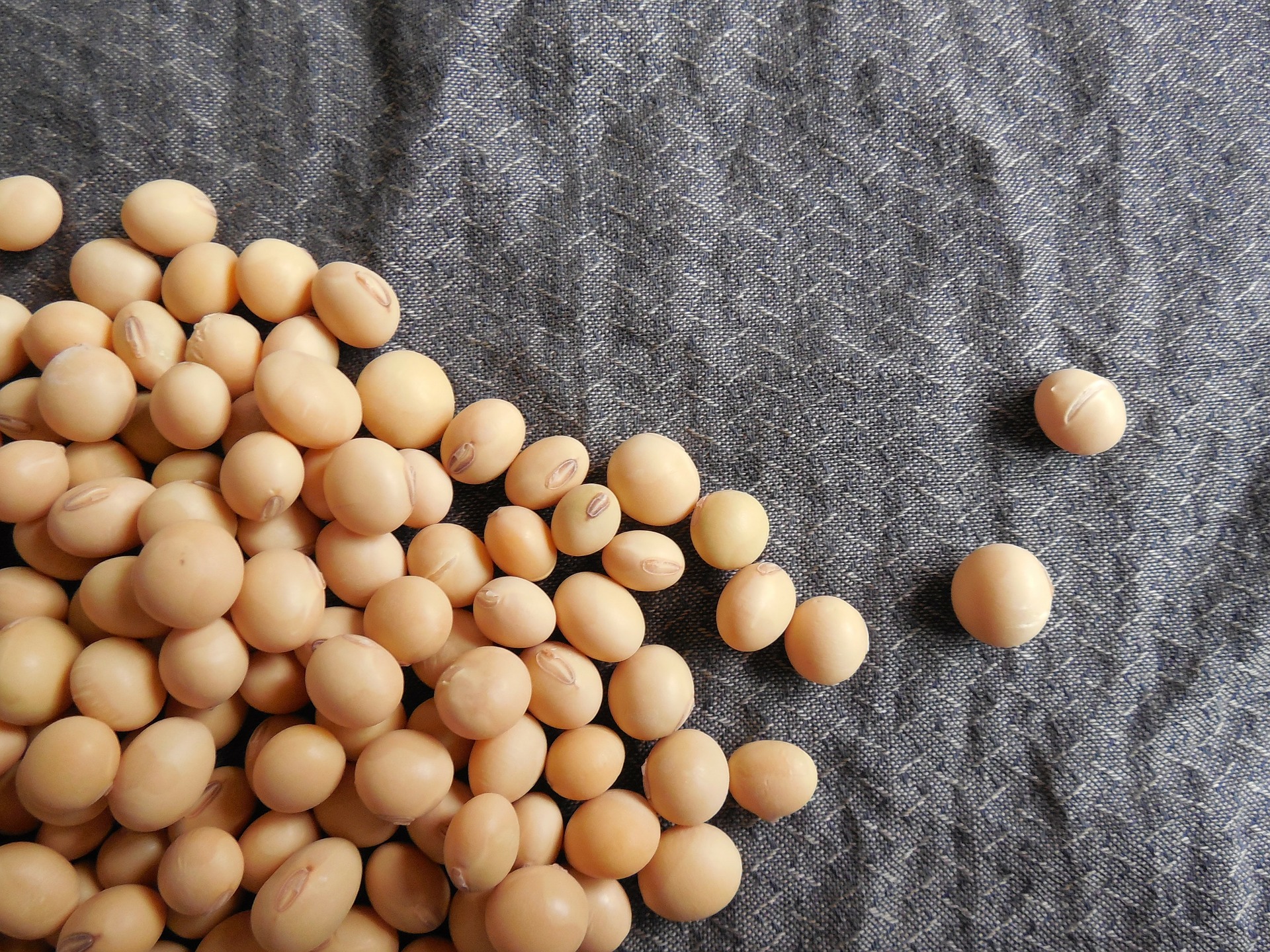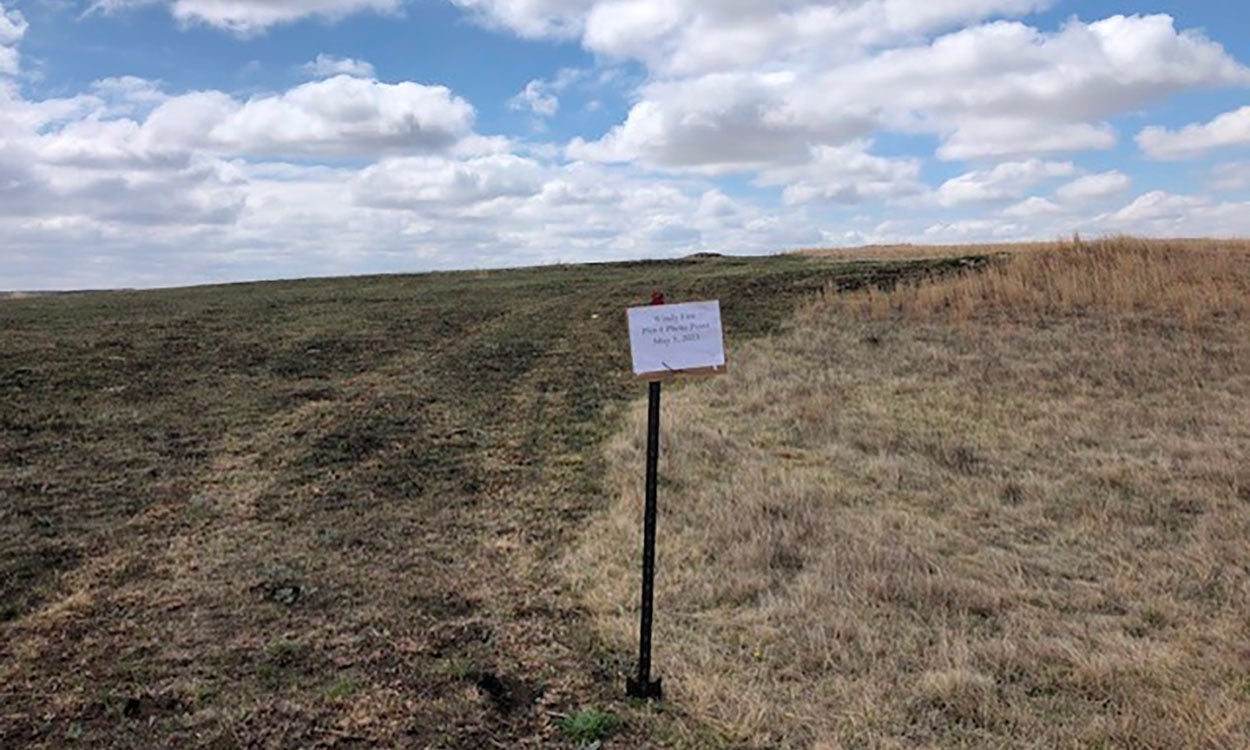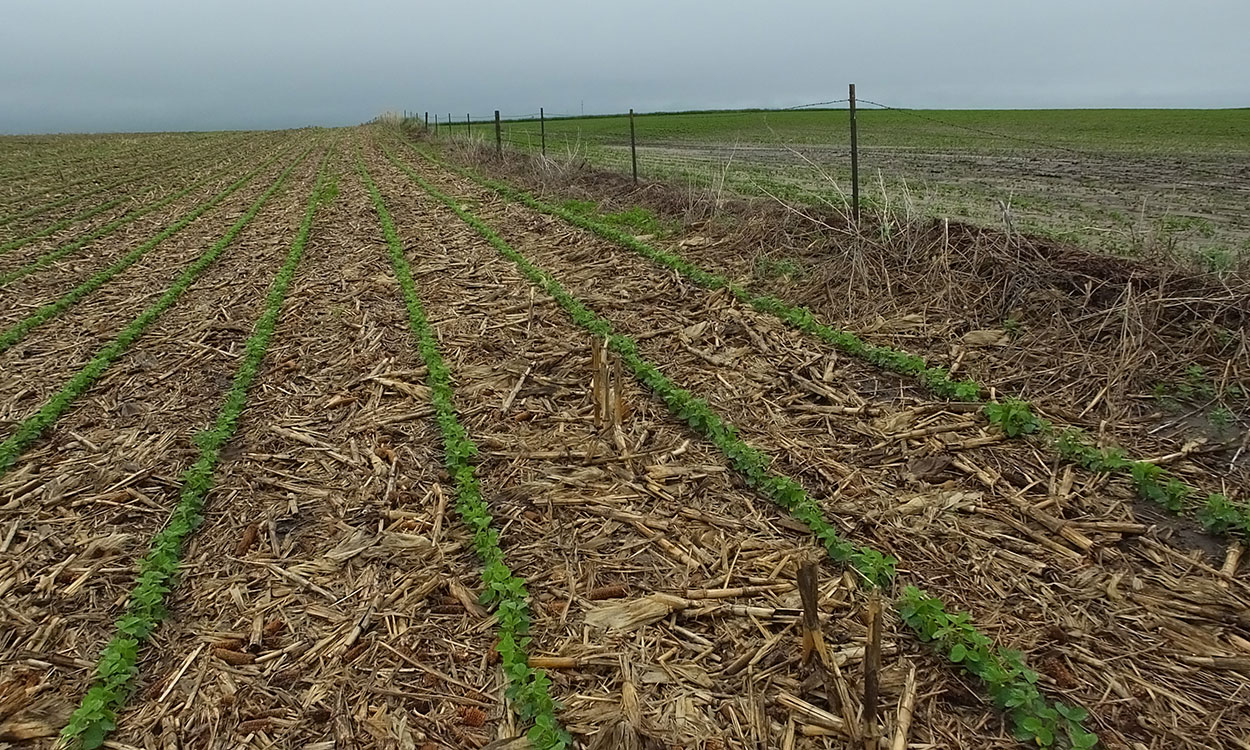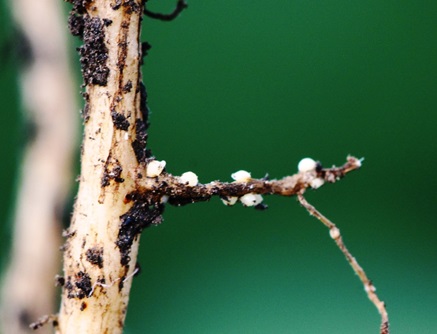Search

X-Ray Scanning Confirms Soil Health Benefits from Conservation Practices
Summary report of X-ray scanning confirms soil health benefits from conservation practices.

Ruth Beck to Retire from SDSU Extension Agronomy Team
October 12, 2021
After 17 years providing education and service to South Dakota growers and agribusiness professionals, SDSU Extension Agronomy Field Specialist Ruth Beck has announced her retirement.

Meat (Not) For Sale
Before buying meat from local livestock producers, take the time to understand the rules and regulations of local meat processing.

Weed Control: Pulse Crops
Weed competition can cause significant yield reduction in pulse crops. Pulse crops are weak competitors with weeds, therefore planning an effective weed control program is one of the keys to profitable production.

Production and Utilization of Field Peas in South Dakota
Guide to field pea production and utilization in South Dakota

Nitrogen Credit: The Rest of the Story
We have all been programmed to think of soybean as fixing nitrogen from the atmosphere and adding nitrogen to the soil. The SDSU lab and most other labs give nitrogen “credit” when another crop follows soybeans.

Glyphosate Resistance in Soybeans
Many weeds have developed glyphosate resistance in the past few years. Many producers who use Roundup Ready soybeans have a temptation to rely on glyphosate products to control post-emergent weeds, causing them to potentially become resistant to the chemical. If producers are unable to gain control over the weed, then weed competition will cause a significant yield loss.

Range Roundup: Dormant Season Wildfire Project in Northwestern South Dakota
Two of the main environmental conditions that drive post-wildfire rangeland recovery include health of the rangeland ecosystem prior to the wildfire and climatic variables, such as precipitation or drought after the fire event.

Economics of Different Crop Rotation Systems in South Dakota
Economic returns are an important factor to consider when selecting crop rotation systems.

Scout and Soil Test for the Soybean Cyst Nematode
Soybean cyst nematode (SCN) is the main soybean production constraint in South Dakota. Soybean plants can be infested with SCN but may not display visible symptoms.